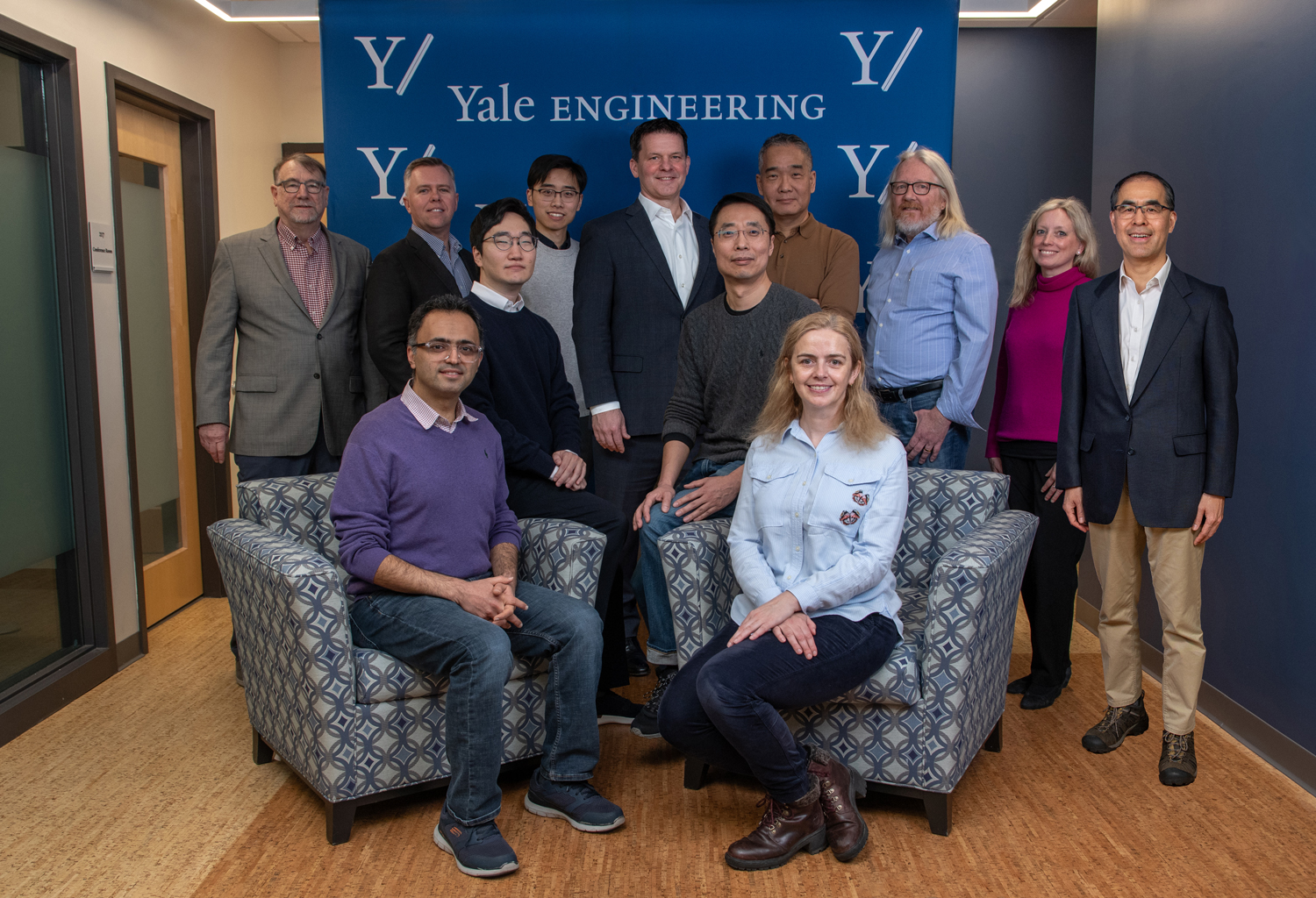OpenAI and Microsoft have pledged to enhance security measures in response to recent revelations of malicious actors exploiting AI technology, aiming to safeguard against such threats.
OpenAI’s recent disclosure highlighted the infiltration of five state-affiliated groups hailing from China, Iran, North Korea, and Russia. These entities exploited OpenAI’s services for nefarious purposes like code debugging and translating technical documents. This revelation underscores the concerning reality of malicious actors leveraging advanced technologies for their agendas.
It also emphasizes the critical importance of fortifying AI platforms against misuse and manipulation by hostile entities. As such, this development is a stark reminder of the ongoing challenges in safeguarding digital infrastructure and ensuring the responsible and ethical use of artificial intelligence in an increasingly interconnected world.
OpenAI’s strategy for combatting malicious use
OpenAI has outlined a comprehensive strategy to safeguard its tools and services in response to the threat posed by malicious actors. The proposed approach entails proactive monitoring, disrupting nefarious activities, and fostering stronger collaboration with other AI platforms.
Additionally, it aims to enhance transparency, ensuring greater visibility into its operations and initiatives. By adopting this multi-faceted approach, OpenAI seeks to mitigate the risks associated with the misuse of its technology and uphold its commitment to responsible AI development. This proactive stance reflects OpenAI’s dedication to addressing emerging security challenges in the rapidly evolving landscape of artificial intelligence.
OpenAI under scrutiny expert raises concerns
Phil Siegel, founder of the AI non-profit Center for Advanced Preparedness and Threat Response Simulation, casts doubt on the efficacy of OpenAI’s proposed solutions. Expressing skepticism, Siegel highlights the crucial need for robust infrastructure and regulatory frameworks to adequately address emerging security threats.
His concerns underscore the complexities of combating the malicious use of AI technology and the necessity for comprehensive measures to safeguard against potential risks. As OpenAI faces scrutiny from industry experts like Siegel, the call for stronger security measures and regulatory oversight becomes increasingly urgent in ensuring the responsible development and deployment of artificial intelligence.
In alignment with OpenAI’s efforts, Microsoft has suggested additional measures to bolster AI security. These measures include implementing notifications for other AI service providers to flag suspicious activities and collaborating with MITRE to develop advanced countermeasures.
Recognizing the dynamic nature of cybersecurity threats, OpenAI and Microsoft underscore the importance of ongoing adaptation and innovation. Emphasizing the need for continuous vigilance, they commit to staying ahead of malicious actors by evolving their defensive strategies and technologies.
This acknowledgment of the evolving threat landscape reflects a proactive approach toward addressing emerging challenges in AI security. By remaining agile and responsive, OpenAI and Microsoft aim to bolster their resilience against evolving threats and uphold their commitment to safeguarding the integrity of AI systems.
Despite concerted efforts, OpenAI confronts significant challenges in implementing robust security measures. The absence of established infrastructure and regulatory frameworks presents formidable obstacles in effectively countering the misuse of AI technology. This shortfall underscores the pressing need for industry-wide collaboration and regulatory initiatives to address gaps in AI security.
As they strives to fortify its defenses against emerging threats, overcoming these hurdles will require proactive measures and concerted action from stakeholders across the AI ecosystem. By acknowledging and addressing these challenges head-on, OpenAI can pave the way toward a more secure and resilient AI landscape, fostering trust and confidence in the responsible development and deployment of artificial intelligence.





